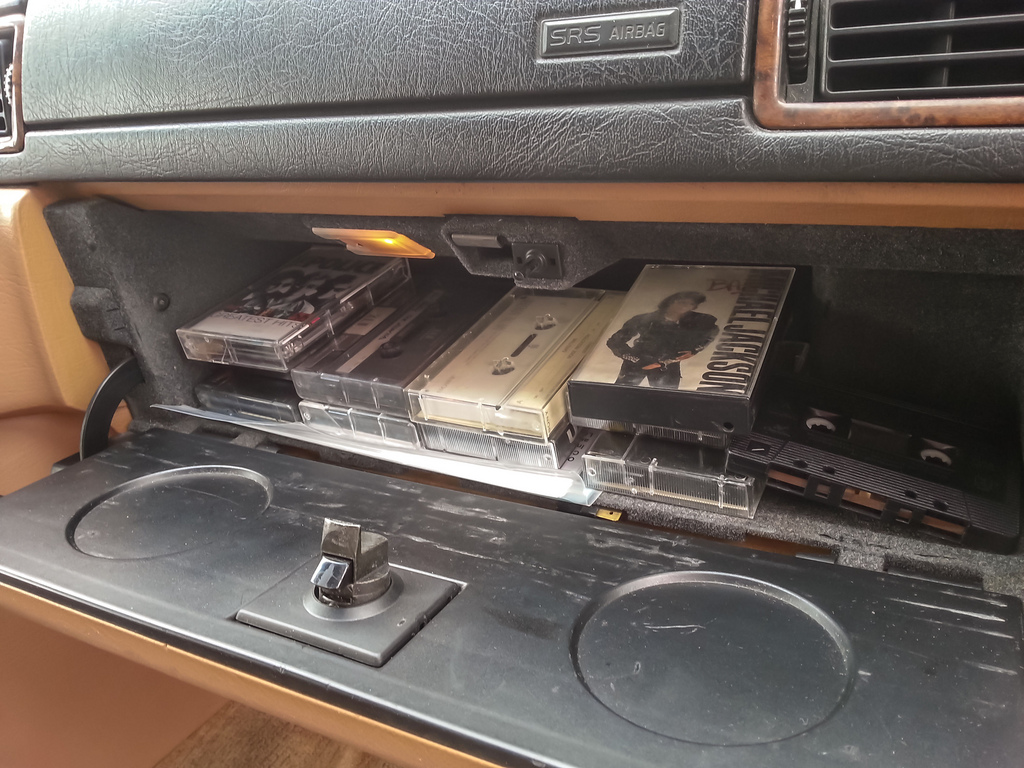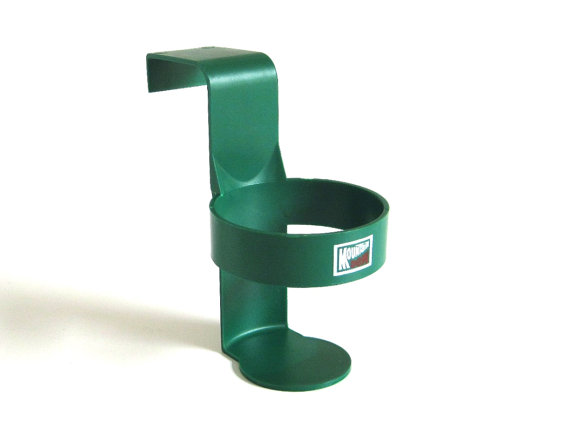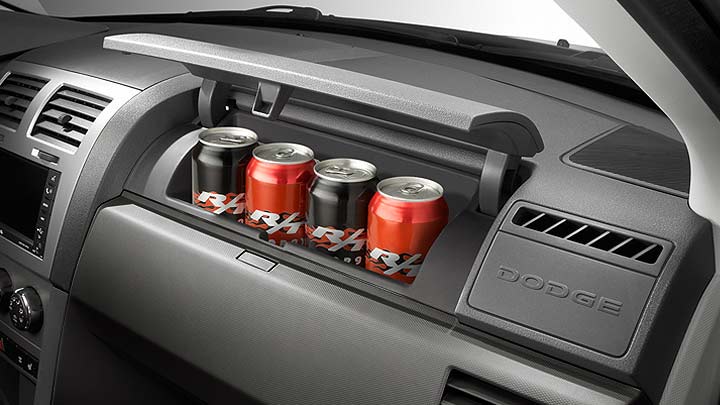Cars today enjoy a variety of cup holders, in various locations throughout vehicles, but once upon a time there were so few places to put one’s coffee, she could burn her legs trying to hold a cup of boiling-hot coffee from McDonald’s between her legs. That really did happen.
The history of the car cup holder is a short one, but the most important feature added to vehicles since Ford rolled the Model-T off the line.
First Splash
While drivers have enjoyed storage in vehicles since the first versions of the glove compartment crammed under car seats, finding a place to put one’s cup where it wouldn’t spill is only as old as the eighties.
Don’t go talking about those silly indentations pressed into the back side of glove compartments in the 1960s. Those were worthless if one actually wanted to commute somewhere. They were barely deep enough for pulling into the drive up.
It was the 1980s, thanks to the creation of Chrysler’s minivan, we started to see decent cup holders. Prior to that, we saw precursors in the 1970s with custom van conversions and aftermarket cup holders.
If you grew up in the 80s, at least one of your parents had a plastic cup holder that would hang from the inside of the car door.
Those were pretty handy. My parents used them long after they went extinct, because, you know, one can never have too many cup holders!
Half Full
After the Chrysler minivan, Dodge Caravan and the Plymouth Voyager followed suit. Then commuters cars started to add holders. By the end of the 1980s, domestic cars and most Japanese models came with standard cup holders, even if they weren’t yet universal.
The European automakers were slow to adapt. To a European designer, the interior of the car offered limited space for a cylindrical holster, which would not have been used by European drivers in the 80s. It was only in the U.S. we needed to eat while we drove.
Blame it on the pre-Starbuck’s craze of coffee shops, the retro-migratory infiltration of American culture, or the rain, but in the 90s we started to see cup holders in our European cars.
Many blame the Liebeck v. McDonald’s case, a famous 1994 lawsuit, where a 79-year-old woman sued McDonald’s for third-degree burns on her legs. A cup holder would have saved her the agony. (She won, by the way, $2.7-million, reduced to $640,000 on appeal.)
This writer doesn’t see the proof of that argument. A more logical argument is that, as cars became more automated, better cruise control even at slow speeds, steering improvements, anti-locking brakes, and more, drivers had more time to do other things.
Full Cup
The advent of the Big Gulp (32 oz cup) in the 1990s pushed manufacturers to the brink of their respective engineering skills. The Big Gulp fit in no cup holder.
Once again, Chrysler came to the rescue, making a minivan in 1996 with could accommodate larger than normal beverages. To combat the issue, fast food joints and convenience stores started using large cups with normal bases so they could fit into human-sized cup holders.
By the end of the 90s, most all manufacturers had some kind of cup holder, but the execution varied, sometimes with awful results. The 1998 Cadillac Seville had a cup holder which would let the driver shift into lower gears while in use.
The peak of cup holder design, however, goes to Dodge. For a few years, they built an air-conditioning cooled in dash four cup holder, with a lid, called the Chill Zone. Who knows why it didn’t last?
Today’s cars often utilize the in-door holster, along with console cup holders. That way drivers and passengers can keep a variety of beverages at arm’s length. It’s a long way from indentations in the glove compartment.



